Format: Photographs

Underground Atlanta Historic District Nomination
National Register of Historic Places Inventory nomination form submitted in 1980. Originally, the two-and-a-half-block area of the Underground district was a part of the larger...
Read More
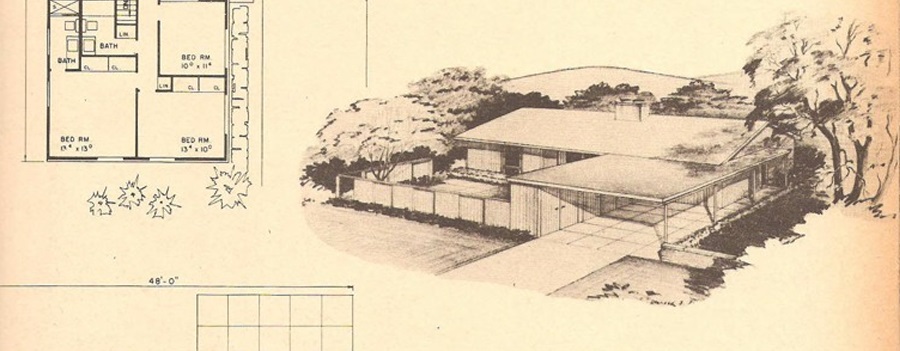
Single-Family Residential Development in DeKalb County, 1945-1970
Focused on suburban residential developments in DeKalb County, Georgia between the end of World War II and 1970 in order to better understand the transformation...
Read More
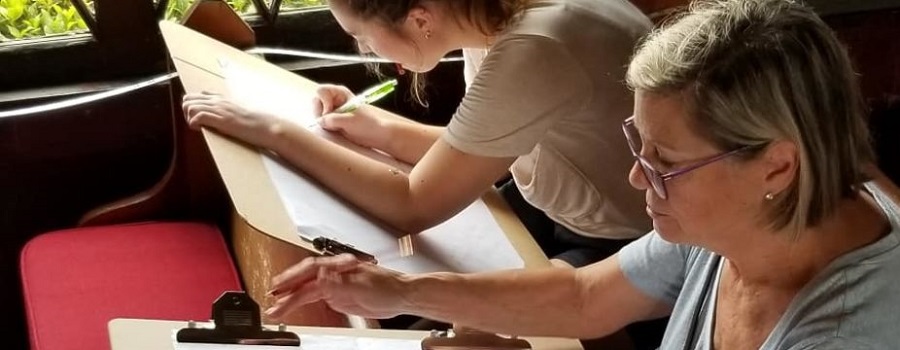
Heritage Preservation Projects, 1991-Present
The Digital Archive of the Heritage Preservation Program (HPP) available in ScholarWorks @ Georgia State University is a compendium of student projects produced under the...
Read More

Flat Rock Cemetery Project
The Flat Rock community in southern DeKalb County, Georgia (just outside Atlanta) is one of the oldest continually-occupied African-American communities in Georgia. Although history shows...
Read More
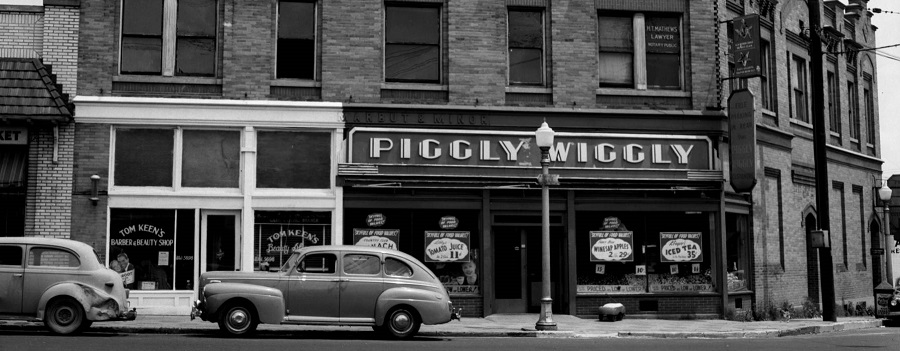
East Atlanta
Historic District Information Form authored and submitted by GSU Case Studies in Historic Preservation students, Spring 2017. Located partially in the City of Atlanta, DeKalb...
Read More
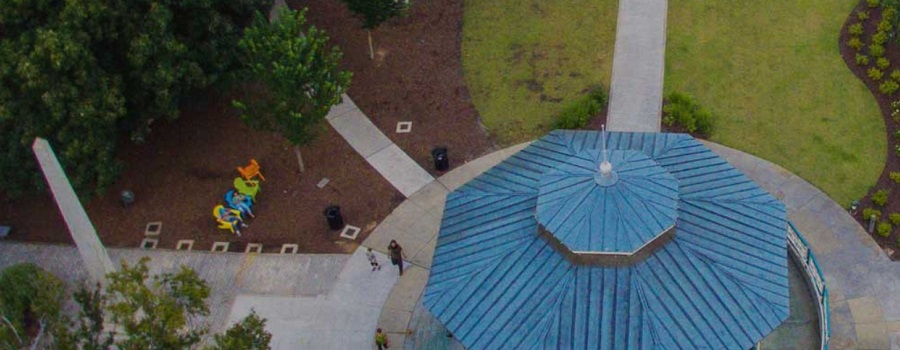
Decatur, GA
Design guidelines prepared by graduate students in the Preservation Planning Class of Georgia State University’s Heritage Preservation Program under the direction of Richard Laub and...
Read More
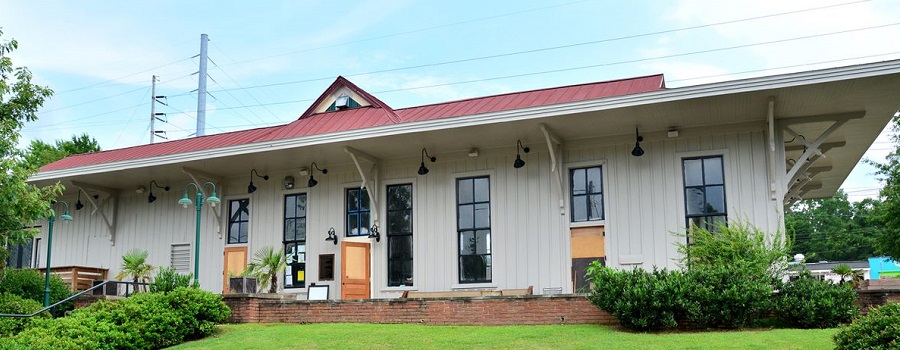
Old Decatur
Prepared by the Spring 2006 Preservation Planning Class. These Design Guidelines explain and interpret general design criteria in the local preservation ordinance in Old Decatur,...
Read More
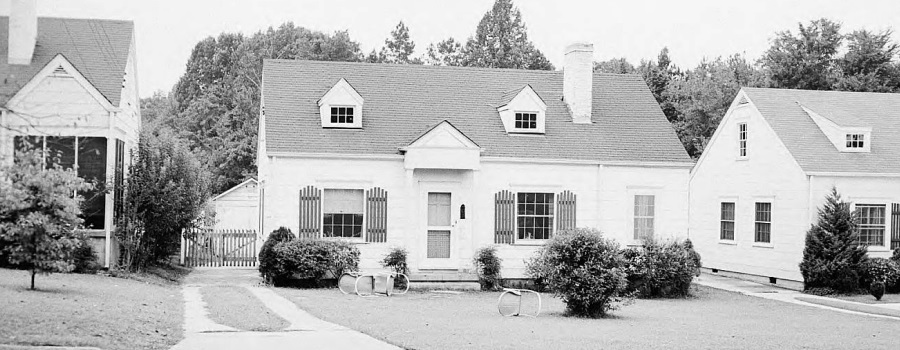
Decatur Northwest Residential Historic District
Prepared by the Spring of 2013 Case Studies in Historic Preservation class. The Decatur Northwest Residential area is an outstanding representation of early to mid-twentieth...
Read More
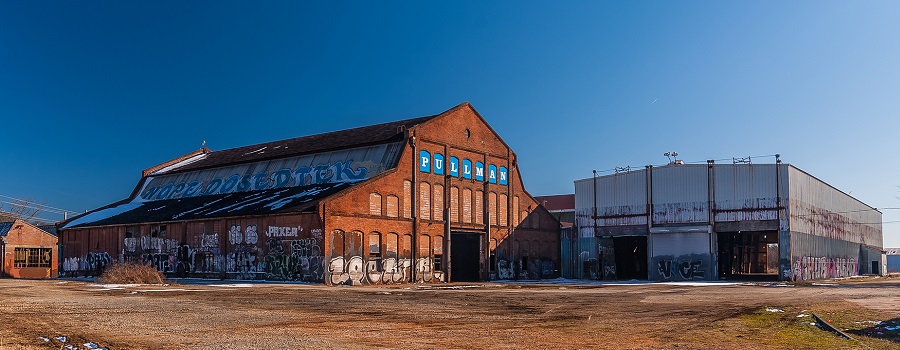
Kirkwood District
Information form for the historic district known as Kirkwood. Contains Sanborn maps, early plattings of the properties, interviews, as well as historic photographs and newspaper...
Read More
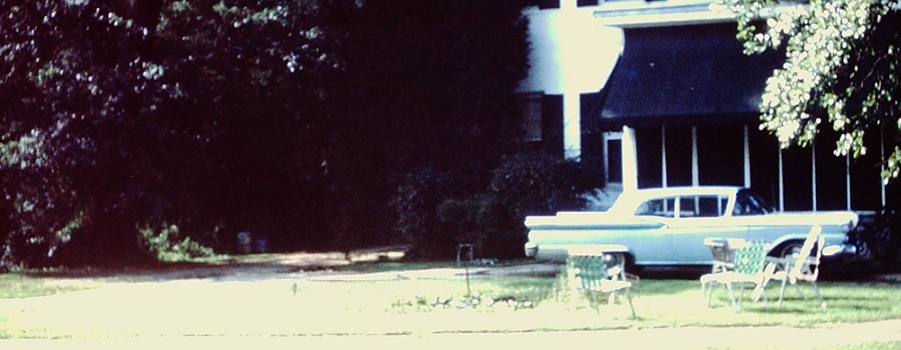
Judge William A. Wilson House
The Judge Wilson House, dating from the mid-1850s, was one of six documented antebellum houses left in Atlanta as of 2015. Contains a historical overview...
Read More

A History of Radio Broadcasting in Georgia: Exploring Georgia Radio
Documents the history of radio broadcasting in the state of Georgia over a 50 year period from its inception in 1922 through the 1970s, including...
Read More
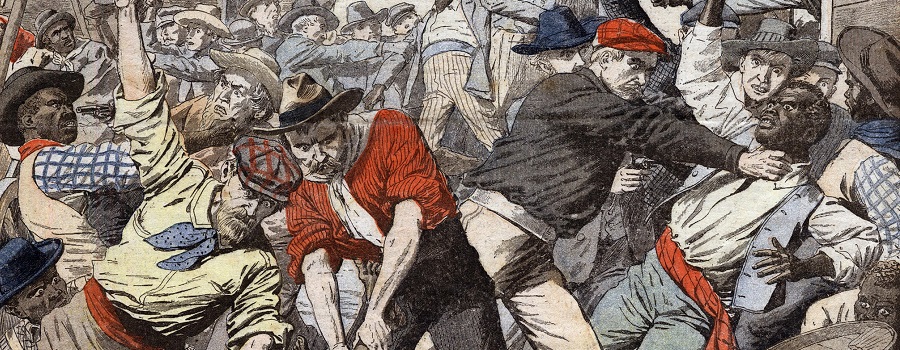
Veiled Visions: The 1906 Race Riot
Tells the story of the 1906 Race Riot, a three-day massacre that spread through Atlanta, starting downtown on Saturday, September 22 and ending with the...
Read More
 Georgia State University Library
Georgia State University Library